How to Clean Stainless Steel Brewing Equipment
Brewing your own beer is both an art and a science. And just like an artist chooses the finest brushes or a chef picks the best knives, a brewer needs the right tools. One of the most critical choices? The material of your brewing equipment. Stainless steel brewing equipment has become the gold standard, and today, we’re going deep into why it dominates, how to clean it, common pitfalls, maintenance hacks, and more.

Why Stainless Steel is Preferred for Brewing
When it comes to brewing beer, not all metals are created equal. Stainless steel isn’t just a popular choice; it’s the best choice for serious brewers. But why? Let’s break it down.
Stainless steel is corrosion-resistant. Imagine brewing a batch of beer and finding rust flakes floating around. Yikes! Stainless steel keeps that nightmare away. Unlike aluminum or cheaper metals, it holds up beautifully against the acidic nature of brewing ingredients.
It’s also super durable. Stainless steel brewing kettles, fermenters, and mash tuns can handle high heat, vigorous stirring, and heavy cleaning without warping or scratching easily. In fact, many professional breweries use the exact same materials.
Compared to plastic or aluminum, stainless steel offers better temperature control. When you need precision in your brew (and trust me, you do), stainless steel maintains heat more evenly and consistently.
Aesthetically, stainless steel just looks professional. It gives your brewing setup that sleek, polished vibe. Plus, it doesn’t retain odors or stains, which is a huge win.
But is stainless steel more expensive? Yep. But it’s a “buy once, cry once” scenario. It’s better to invest in sturdy equipment upfront than to keep replacing cheaper alternatives.
Essential Cleaning Supplies for Stainless Steel Brewing Equipment
Keeping your brewing gear squeaky clean isn’t optional—it’s crucial. Dirty equipment can lead to off-flavors or even spoiled batches. So, what should you have in your cleaning arsenal?
First up, PBW (Powdered Brewery Wash). It’s an industry-standard cleaner that effectively breaks down organic residues like hop oils and yeast without damaging stainless steel. It’s much safer compared to harsh abrasives.
Next, you need a soft-bristle brush. Stainless steel can scratch, so avoid steel wool or rough scouring pads.
Star San sanitizer is another must-have. It’s an acid-based, no-rinse sanitizer that ensures your equipment is microbe-free.
Having a dedicated microfiber cloth helps with drying without leaving lint behind.
Finally, food-grade lubricant can be handy for gaskets and seals to prevent sticking or cracking.
| Cleaning Supply | Purpose | Notes |
|---|---|---|
| PBW Cleaner | Removes organic residue | Safe for stainless steel |
| Soft-Bristle Brush | Gentle scrubbing | Avoid harsh abrasives |
| Star San Sanitizer | Disinfects equipment | No-rinse, fast-acting |
| Microfiber Cloth | Lint-free drying | Prevents scratches |
| Food-Grade Lubricant | Maintains seals & gaskets | Extends equipment life |
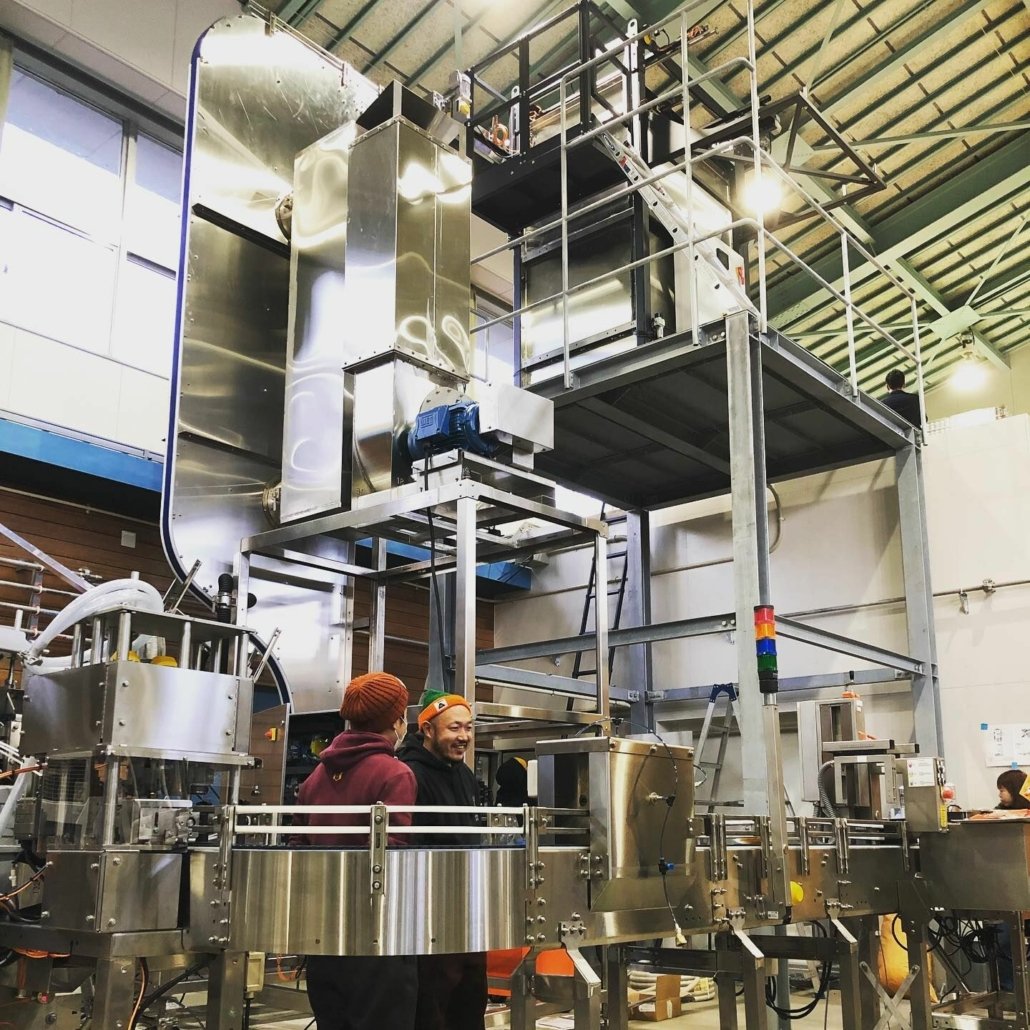
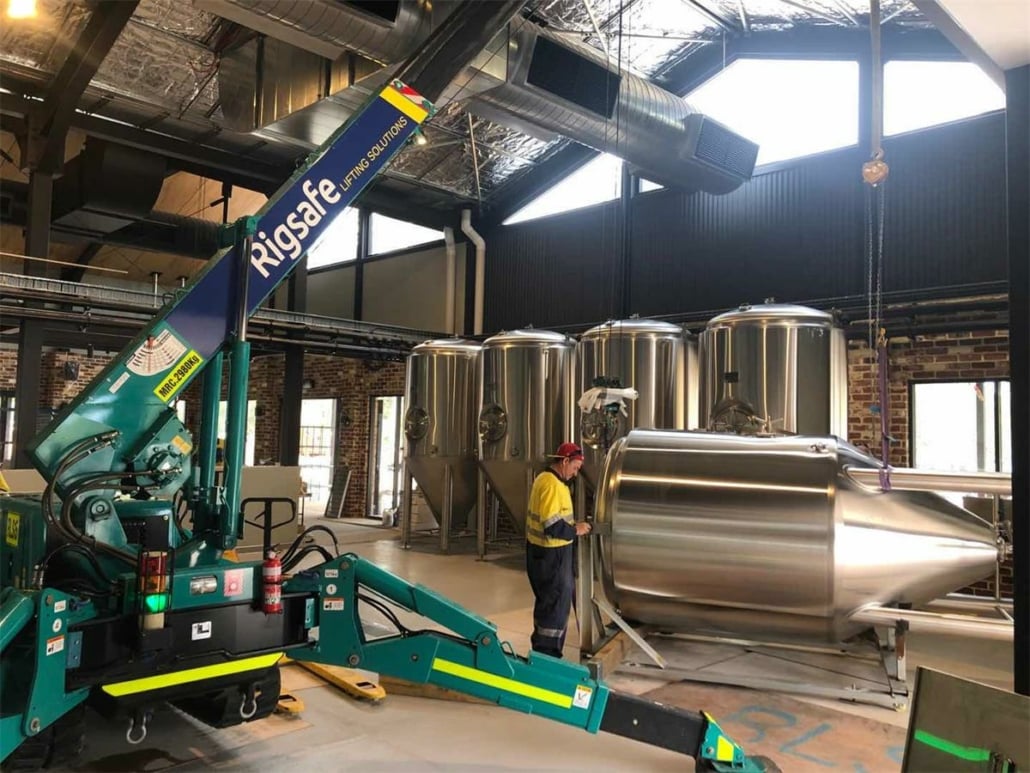
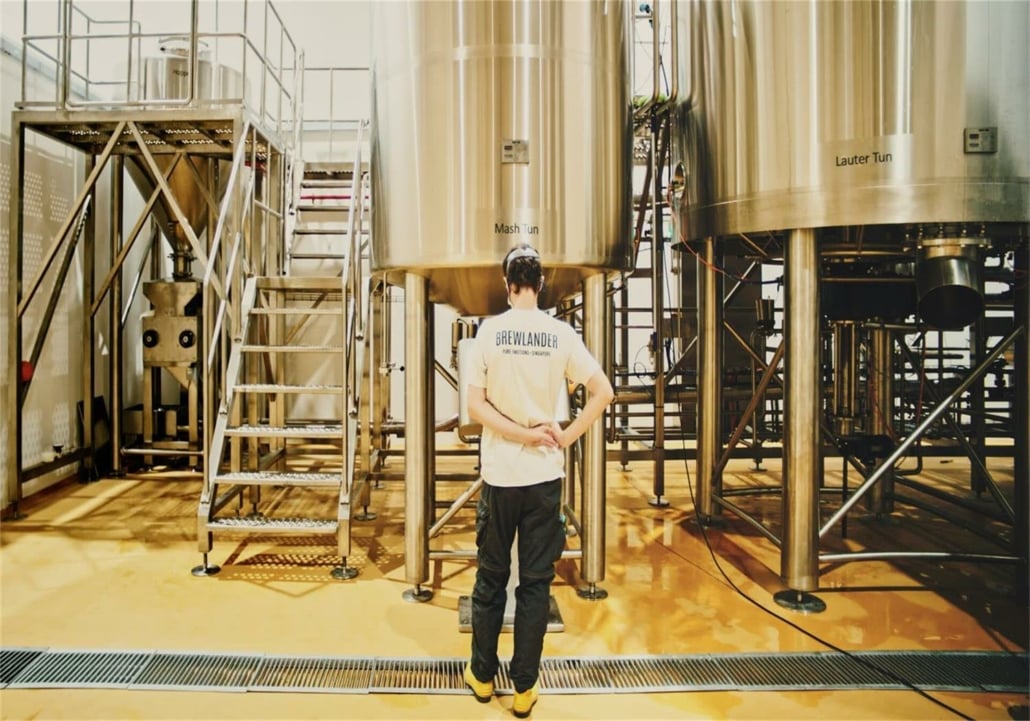
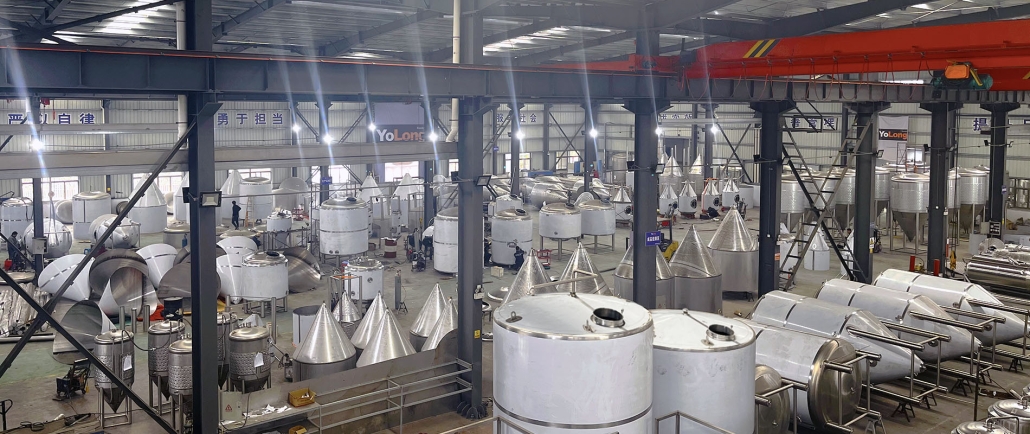
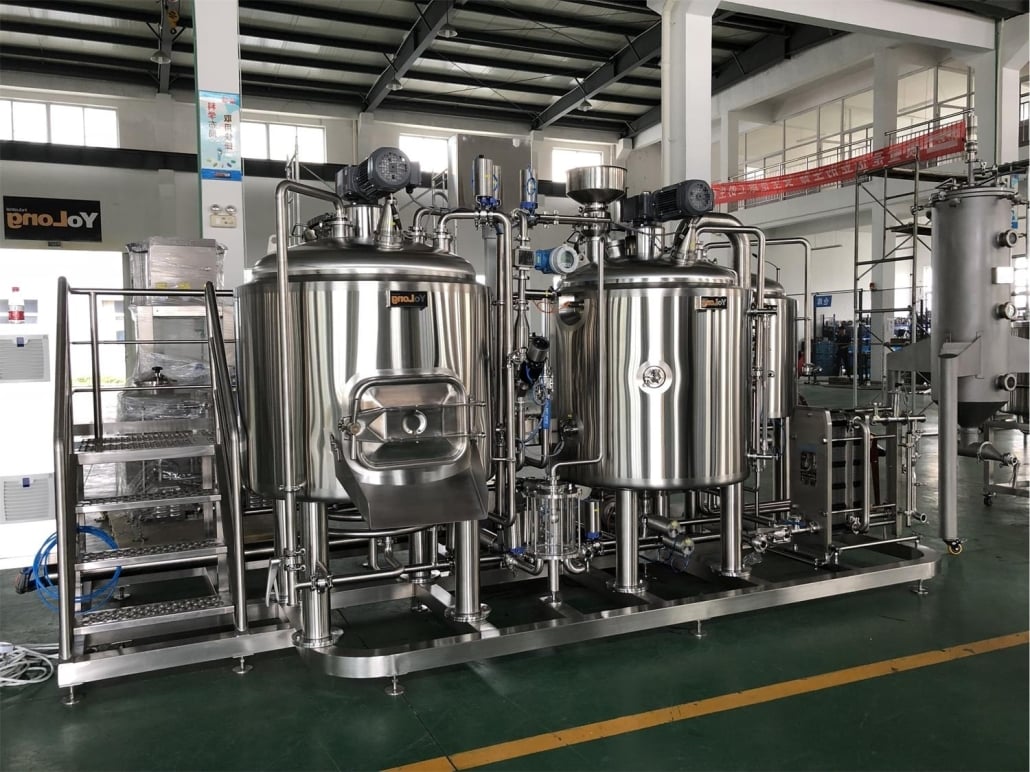
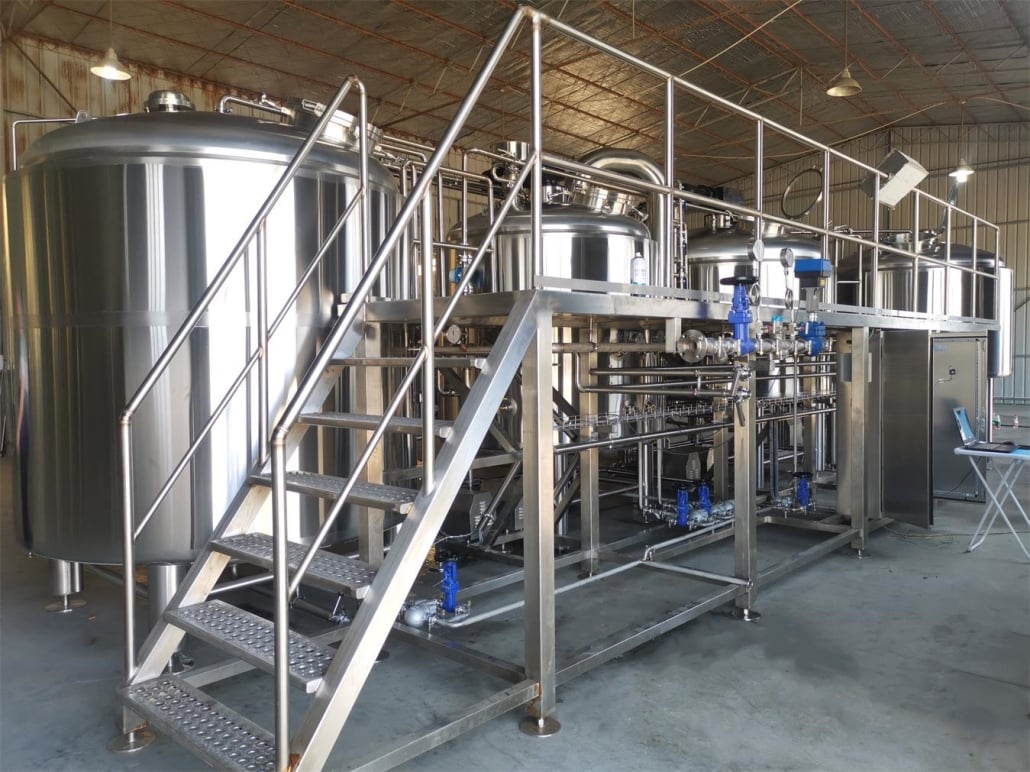
Step-by-Step Cleaning Process for Stainless Steel Brewing Equipment
Let’s walk through the cleaning process. It’s not rocket science, but it’s definitely an art.
Step 1: Pre-Rinse Immediately
Right after brewing, give all your equipment a good rinse with warm water. Don’t wait—leftover sugars can harden like cement.
Step 2: Apply PBW Solution
Mix PBW with hot water according to the package instructions. Let your equipment soak for at least 30 minutes to break down residues.
Step 3: Gentle Scrub
Using your soft-bristle brush, gently scrub interior surfaces, especially around valves, lids, and seams where grime loves to hide.
Step 4: Thorough Rinse
Rinse all equipment with warm water until there’s no visible soap or residue left. If it still feels slippery, keep rinsing.
Step 5: Sanitize with Star San
Spray or soak your equipment with Star San. It works quickly and doesn’t require rinsing. Let it air dry.
Step 6: Lubricate Seals (if needed)
If your setup includes gaskets or valves, apply a thin layer of food-grade lubricant to prevent cracking and sticking.
Step 7: Dry Completely
Use a microfiber cloth to dry or let the equipment air dry fully to avoid bacterial growth.
Common Mistakes to Avoid When Cleaning Stainless Steel Brewing Equipment
It’s easy to make mistakes that can shorten your equipment’s life or ruin a brew. Let’s dodge these common pitfalls.
Skipping the pre-rinse: Leftover wort can become rock-hard and nearly impossible to clean later. Get in there quickly.
Using steel wool or abrasive pads: These can scratch the stainless steel surface, making it easier for bacteria to hide and harder to sanitize.
Forgetting to fully rinse: Soap residues can create off-flavors and chemical reactions in your next batch. Always double-check your rinse.
Not drying equipment properly: Moisture can harbor bacteria. Even though stainless steel resists corrosion, standing water isn’t your friend.
Using chlorine-based cleaners: Chlorine can corrode stainless steel and create pitting, which is like giving bacteria a five-star hotel.
Maintenance Tips for Cleaning Stainless Steel Brewing Equipment
Keeping your stainless steel brewing gear in top shape doesn’t require a PhD in chemistry. Just a little routine care goes a long way.
Regular Inspections: Check your equipment regularly for any signs of wear, like loose fittings, cracking seals, or discoloration.
Polish Occasionally: A food-safe stainless steel polish can keep your gear looking brand new and add a tiny bit of surface protection.
Store Properly: Don’t leave your gear in a damp basement corner. Store it in a dry, ventilated area to prevent mold.
Avoid Temperature Shock: Going from boiling temperatures straight to cold water can stress the metal over time. Let things cool down naturally.
Rotate Seals and Gaskets: Periodically check and replace seals to avoid leaks and contamination.
Keep Cleaning Logs: Especially if you’re brewing frequently, it’s helpful to track when each piece was last cleaned and sanitized.
How Often Should I Clean Brewing Equipment?
Great question! The answer depends on how often you brew, but here’s the golden rule: clean after every use.
Yes, every time. Skipping even one cleaning can lead to stubborn buildup, funky off-flavors, and possibly bacteria taking up residence.
For deep cleans, where you fully disassemble valves, spigots, and seals? Aim for once a month if you brew regularly. If you brew commercially or weekly, you might need to deep clean even more frequently.
Daily cleaning ensures each batch tastes exactly as you intended, and your equipment will thank you with years of reliable service.
Can I Use Vinegar to Clean Stainless Steel Brewing Equipment?
Ah, the classic vinegar debate. Vinegar is popular because it’s natural and cheap. But when it comes to cleaning stainless steel brewing gear, it’s a mixed bag.
Vinegar can remove light mineral deposits and help with some odors, but it’s not a substitute for PBW or specialized brewery cleaners. It’s also not effective as a sanitizer against bacteria and yeast that can ruin your brew.
Plus, vinegar is acidic, and while stainless steel can handle some acidity, repeated exposure can dull the finish and eventually lead to minor corrosion over time.
If you want to occasionally use vinegar to remove mineral spots, that’s fine. Just be sure to rinse thoroughly and don’t make it your primary cleaner.

FAQs
| Question | Answer |
|---|---|
| Why is stainless steel better for brewing than plastic or aluminum? | Stainless steel is more durable, heat-resistant, and doesn’t retain odors or flavors. It also resists corrosion far better than aluminum or plastic. |
| How often should I sanitize my brewing equipment? | You should sanitize every time you brew. Proper sanitization prevents bacterial contamination and off-flavors. |
| Can I clean stainless steel brewing equipment with bleach? | No, bleach can corrode stainless steel and cause pitting, which creates hiding spots for bacteria. Use PBW and Star San instead. |
| Is vinegar safe to use for cleaning brewing equipment? | Occasionally, yes, for mineral deposits. But it’s not a replacement for proper cleaning agents and sanitizers. |
| What’s the lifespan of stainless steel brewing equipment? | With proper care, stainless steel brewing equipment can last decades. It’s a long-term investment. |




